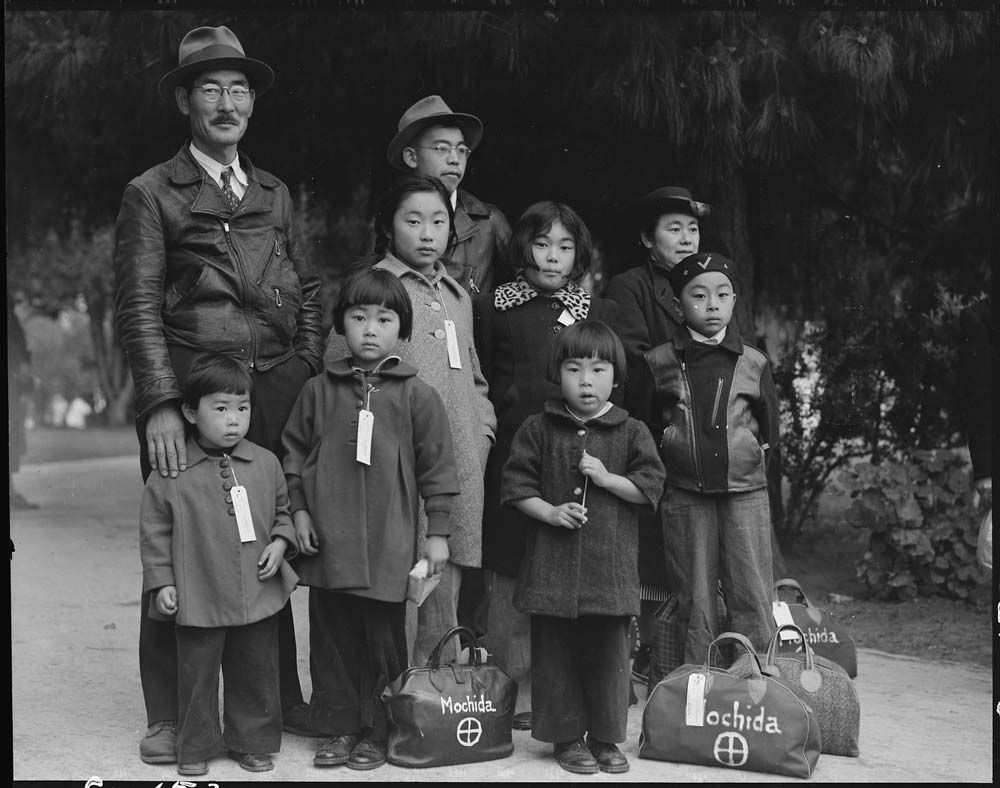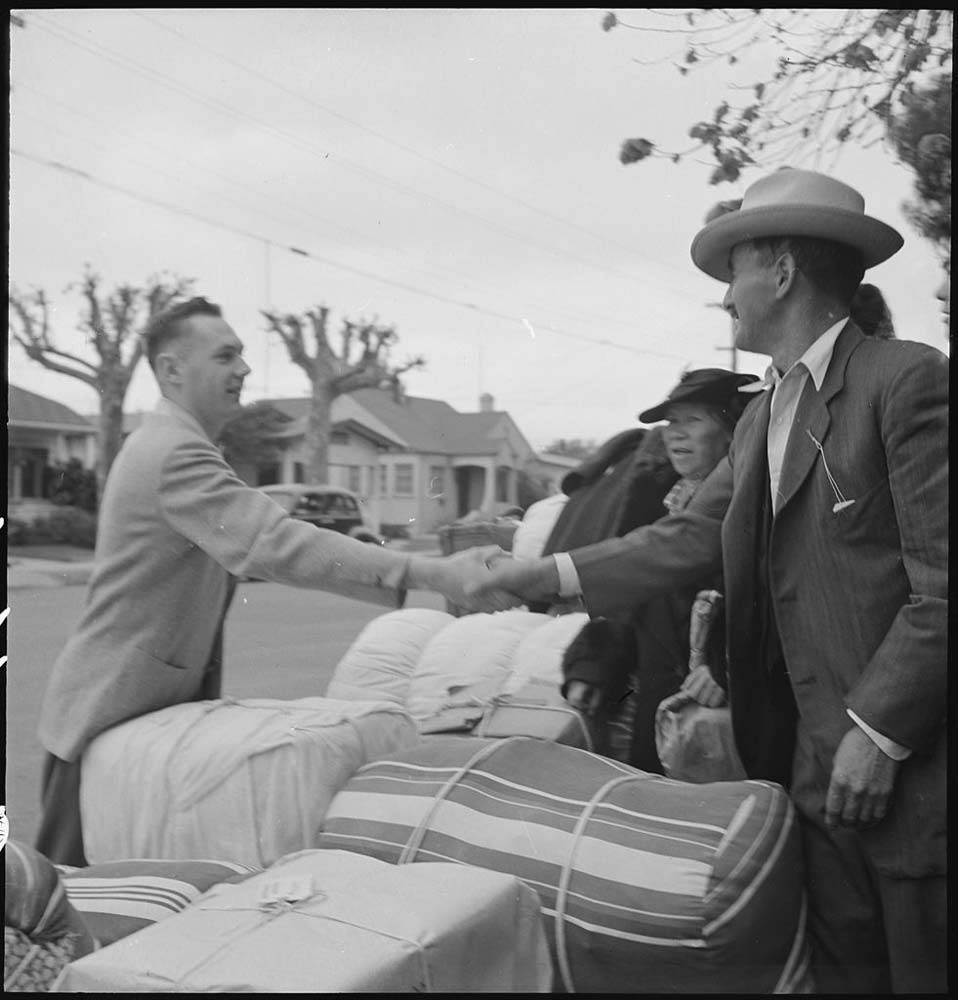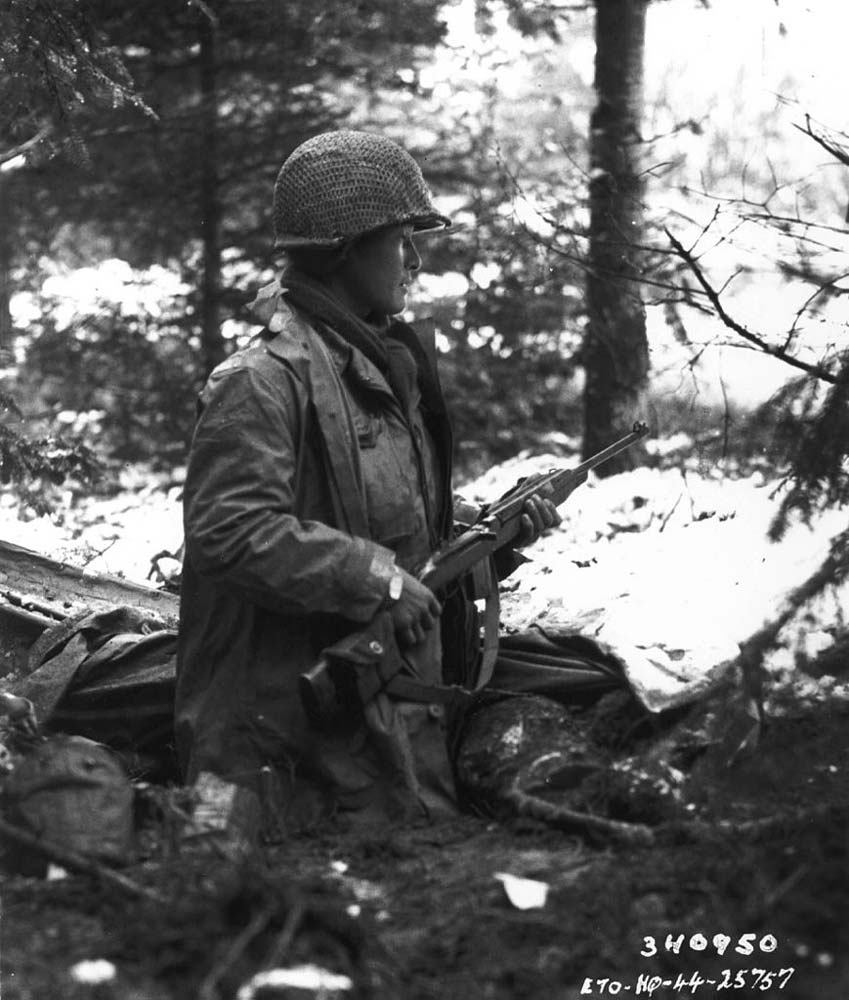Japanese American Internment was based off an executive order that was put in place by President Roosevelt, following the bombing of Pearl Harbor, which took place December 7, 1941; the next day, U.S. declared war on Japan. Executive order 9066, signed on February 19, 1942, called for the removal and the incarceration of all Japanese-Americans, which totaled 110,000 individuals. Even though there was clear proof to show there was no danger posed by these individuals, the president signed the executive order in place. This in turn led to the capture and detention of Japanese Americans, which over 2/3 of these individuals were American citizens, and over 1/2 of the individuals that were detained were children.
Pre-War Discrimination
Although the Japanese American internment was not put into effect until after the bombing of Pearl Harbor, there were pre-war tensions and discriminatory acts, not only against Japanese, but also individuals of Chinese ancestry in the U.S. Although they were initially welcomed in to the U.S. as a source of cheaper labor, they soon became the target of anti-Asian campaigns, and were viewed as “yellow perils.” In the early 1900’s there were several discriminatory laws put in place, denying Japanese several rights, including acquisition of citizenship or owning land, and many were even restricted to purchasing their homes in a specifically designated area. So, although the executive order did not take place after the bombing, and although there was clear proof these Japanese Americans posed no danger or threat to the U.S. in any way. There were already pre-war discriminatory acts, laws, and tensions towards these Japanese-Americans.
Pearl Harbor
The bombing of Pearl Harbor was a major surprise to most Americans, including Japanese Americans who were living in the U.S. Many early rumors of sabotage and of espionage, by Japanese who were in Hawaii, were found to be false by the FBI raids that took place, as well as other government agencies that took part in these findings, but the findings were suppressed by top U.S. officials, and kept from the general public. There was never one act of sabotage or espionage by any Japanese American before the war, but the government refused to admit to these facts and findings and did not deny the rumors that sabotage had taken place, which was one of the causes of the bombing.
Raids
FBI raids were performed within hours of the bombing, in homes of Japanese American citizens. Many individuals were immediately arrested, although there was no proof of any wrong doing. Many leaders of this community, were immediately placed in to internment camps, simply because of their nationality. In the following days, the president issued other restrictions, not only to Japanese Americans, but to several other nationals, who were from other countries. Restrictions were placed on travel, gatherings, the times these individuals could leave their home, and on their entire lives. In months to follow the restrictions got worse, and the interment of many individuals continued to take place.
The Executive Order
Order 9066, which was the official document which led to the Japanese American internment of over 100,000 individuals, was not in effect until February of 1942, when the president signed it in to effect, and Japanese Americans, were immediately placed in the camps. The army designated a number of military areas, and there were camps spread around the U.S. Criminal sanctions and penalties were put in to place for those who refused or try to leave the camps. Years later, the mass retention was found to be pointless and unfounded, yet the U.S. did not apologize for this act, for nearly 50 years following the initial detention that took place.
The mass removal of Japanese Americans took place over an 8 month period, from March to November. The individuals had no charges that were placed against them, did not know where they were being taken, and were given no hearing. They were simply taken away, and placed in camps. Many of the individuals were separated from their families and kids, without warning, simply due to the fact that they were of Japanese descent. Many of these individuals were not even given a 48 hour notice that they would be removed and taken to a camp, causing major hardships to them and their families.




